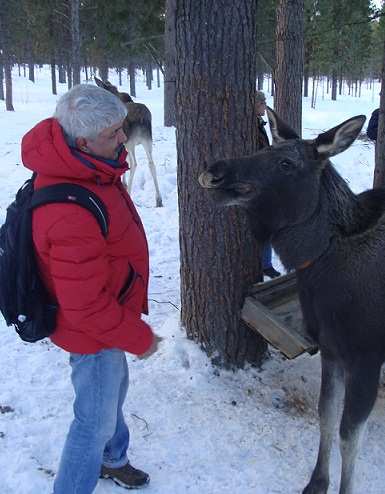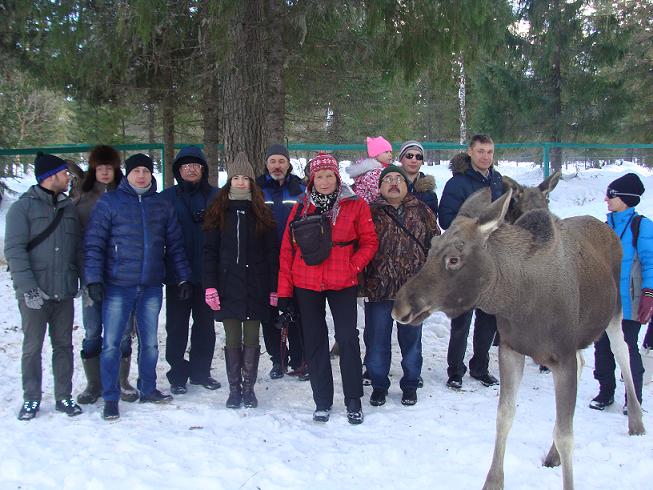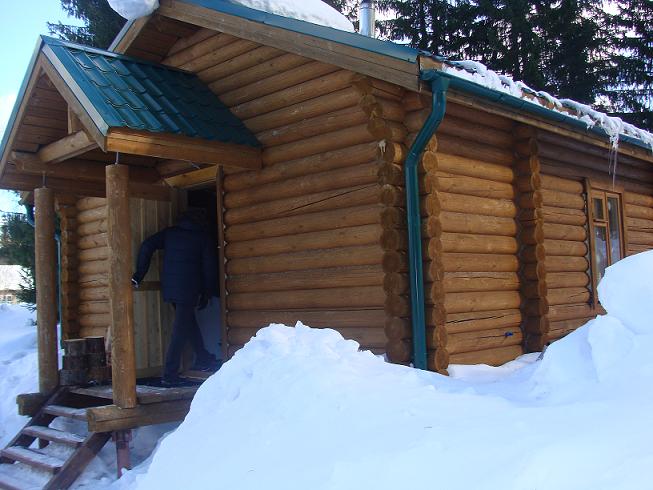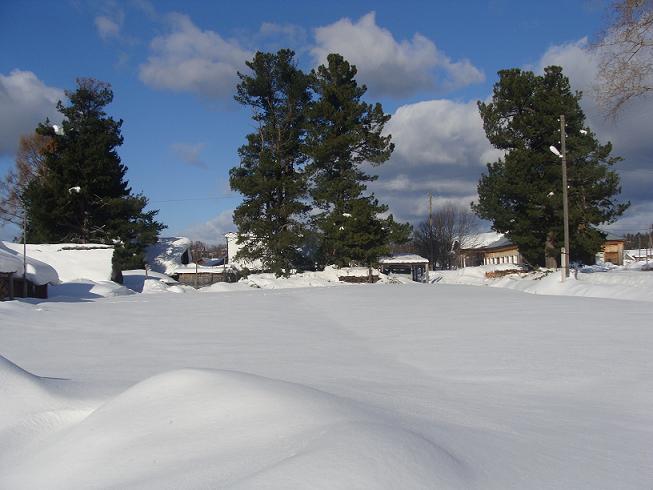Is It Possible Both to Preserve Unique Natural Sites And Develop Environmental Tourism?
It was the answer to this and other questions related to study and sustainable development of ecosystems and landscapes at specially protected natural areas that the participants of the research and practice conference held in the Pechora Ilych State Nature Biosphere Reserve were looking for.
The Natural and Historical Factors for Formation of Modern Ecosystems of the Middle and Northern Ural conference devoted to the 100th anniversary of the Russian nature reserve system was facilitated by the administration of the Pechora Ilych Reserve at the support of the Russian Foundation for Basic Research. For three days, from 13 to 16 March, scientists, university professors, and staff of nature reserves and national parks of the Komi Republic, Arkhangelsk region, Sverdlovsk region, Perm region and Moscow exchanged the findings of their research and eco monitoring held at specially protected natural areas (SPNA) of the Nether-Polar, Northern and Middle Ural.
 “The conference turned out to be very successful for exchanging the experience and concepts related to natural ecosystem study. SPNA staff, scientists and professors seldom get together, so the meeting in this format appeared to be very useful for all parties. The conference participants were encouraged even more to discuss the findings of their research in the field of SPNA. In the future, reports and discussions prepared in this way may become even more fruitful”, Yury Pautov, director of the Silver Taiga Foundation, who also participated in the conference, shared.
“The conference turned out to be very successful for exchanging the experience and concepts related to natural ecosystem study. SPNA staff, scientists and professors seldom get together, so the meeting in this format appeared to be very useful for all parties. The conference participants were encouraged even more to discuss the findings of their research in the field of SPNA. In the future, reports and discussions prepared in this way may become even more fruitful”, Yury Pautov, director of the Silver Taiga Foundation, who also participated in the conference, shared.
At the forum, he spoke about the experience and perspectives of demonstration routes displaying natural forest dynamics arranged by the Foundation at the Pechora Ilych Reserve. The routes were developed 20 years ago as part of the WWF’s Sustainable Management of Boreal Forests: Pechora Ilych Model Project to demonstrate environmental and landscape attributes of old-growth (virgin) forests of the reserve. For these years, the routes have been visited by over 700 professionals, in particular, from Russia, Sweden, Finland, Poland, and Latvia.
The thing is that demonstration routes developed by the Silver Taiga Foundation are located in the Pechora Ilych Reserve protected in the strictest way. The access to reserved areas is restricted even for scientists visiting it for research purposes.
As most of the conference participants believe, higher number of visitors of educational and environmental routes will cause the most deplorable effect. For instance, it was the Manpupuner plateau in the Pechora Ilych Reserve that suffered from the influx of tourists most. As soon as the Mansi rocks were rated among the ten best natural wonders of Russia in 2013, crowds of tourists flooded the plateau. Organized tourist groups came from the Ilych river, from the Ust-Lyaga cordon, while illegal trespassers entered the reserve from the direction of Sverdlovsk and Perm regions. Those uninvited guests somehow managed to approach the plateau by cars and get to the rocks by four-wheelers. As a result of uncontrollable influx of visitors some highland subtundra landscapes were destroyed. A significant part of the lichen soil cover was damaged, while the area along the path to the plateau was found littered. Following the results of the monitoring conducted by the Institute of Biology, Komi Scientific Center, Ural Branch, Russian Academy of Science, who raised concern about impossibility to use tourist routes any longer, the administration of the reserve had to restrict access for those who were willing to enjoy the sight of the unique natural feature. The scientists believe that any further increase of human intervention may not be acceptable due to its negative impact both on the landscape and the demonstration site.At the same time, the Russian Ministry of Natural Resources and Environmental Protection has recently been insisting that administration of national parks and natural reserves should develop environmental and educational tourism proactively. Following the recommendations, almost all Russian natural reserves and national parks have created environmental and education tourism departments, nevertheless the issue regarding extended tourist access to specially protected areas is still debatable.
Last year, the administration of the Pechora Ilych Reserve took appropriate measures, so it engaged volunteers to cover tourist paths with gravel and improve two observation platforms. Warning signs were installed around the plateau, and a tourist camp with accommodation units was arranged near it by the checkpoint. As a result, the natural landscape that used to attract tourists lost its primeval magic. However, it is one of the effects of the developing tourism in this area of the reserve.
The option provided at the conference by Sergey Bumzakov, head of the biocenosis study and environmental protection department, Perm State National Research University, may become a compromise to developing mass tourism at SPNA. Sergey suggests arranging a cluster natural park consisting of Vishera, Usva and Chusovoy areas, parts of which belong to federal or regional SPNA, in Perm region. The plan of the Natural Park shows developed infrastructure like proper paths and guest houses near the most frequently visited and attractive natural sites, but most vulnerable areas will be restricted for recreation. Perm colleagues find the rule implying no access under any conditions inadequate, as it will only raise more interest from illegal tourists. The participants of the conference were unanimous that regions need to continue looking for wise solutions regarding SPNA zoning and classification.
The conferees decided to send corresponding offers to the executive authorities of the regions represented at the forum. They think, for example, that in order to preserve and restore biodiversity in forests under industrial exploitation it is necessary to create a single integrated environmental network including SPNA of different levels, as well as specially protected plots and protection forests. Recommendations on development of regional and interregional concepts and programs on building the environmental network, including conservation corridors and biodiversity concentration areas, will be sent to administrations of taiga regions. Regional authorities are also required to establish criteria and environmental regulations for identification and protection of valuable forest habitats, develop programs for inventory check and accounting of data on high-value natural sites, and then to start allocating and reserving such sites to be integrated into environmental networks.






